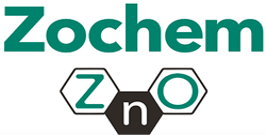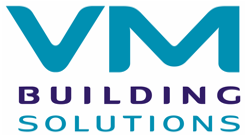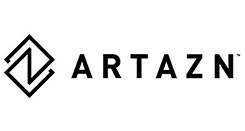Zinc Sheet
MARKET
%
100% of rolled or shaped zinc products at the end of their life cycle are recyclable
NUMBERS
%
95% of old rolled zinc is recycled
ZINC'S VALUE PROPOSITION
As the building industry migrates toward green practices, zinc will continue to play an increasingly important role in the development of truly sustainable buildings.
Rolled zinc can achieve lifespans of 100 years.
In addition to its long lifespan, zinc is a low maintenance.
Highly adaptabe, allowing architects to create shapes difficult to realize with other materials.
Excellent thermal and acoustic properties.
Natural, plentiful, durable and recyclable.
LEARN MORE
Sheltering Zinc
Zinc sheet has been valued for generations for its sustainability, durability, and its enduring beauty. Its physical and chemical properties make it a highly sustainable material for roofs, facades, and rainwater systems.
Durable and Beautiful
Zinc in roofing and wall cladding came into prominence in the 19th century during Baron Haussmann’s renovation of Paris, where over 80% of the rooftops are zinc, many still in place 150 years after their construction. Zinc was prized for its longevity, low maintenance, relatively lightweight and workability that lent itself to a high level of craftsmanship.
The key to the durability of zinc roofs and facades, and often cited as the source of their beauty, is patination. Over time, zinc develops a distinctive patina, going from shiny silver to matte bluish gray (although, other colors and finishes are available). Water, oxygen, and carbon dioxide interact with the zinc surface to form a protective layer of zinc carbonate. Insoluble in rainwater, this layer hinders further exchanges between oxygen and zinc; protecting it from further corrosion.
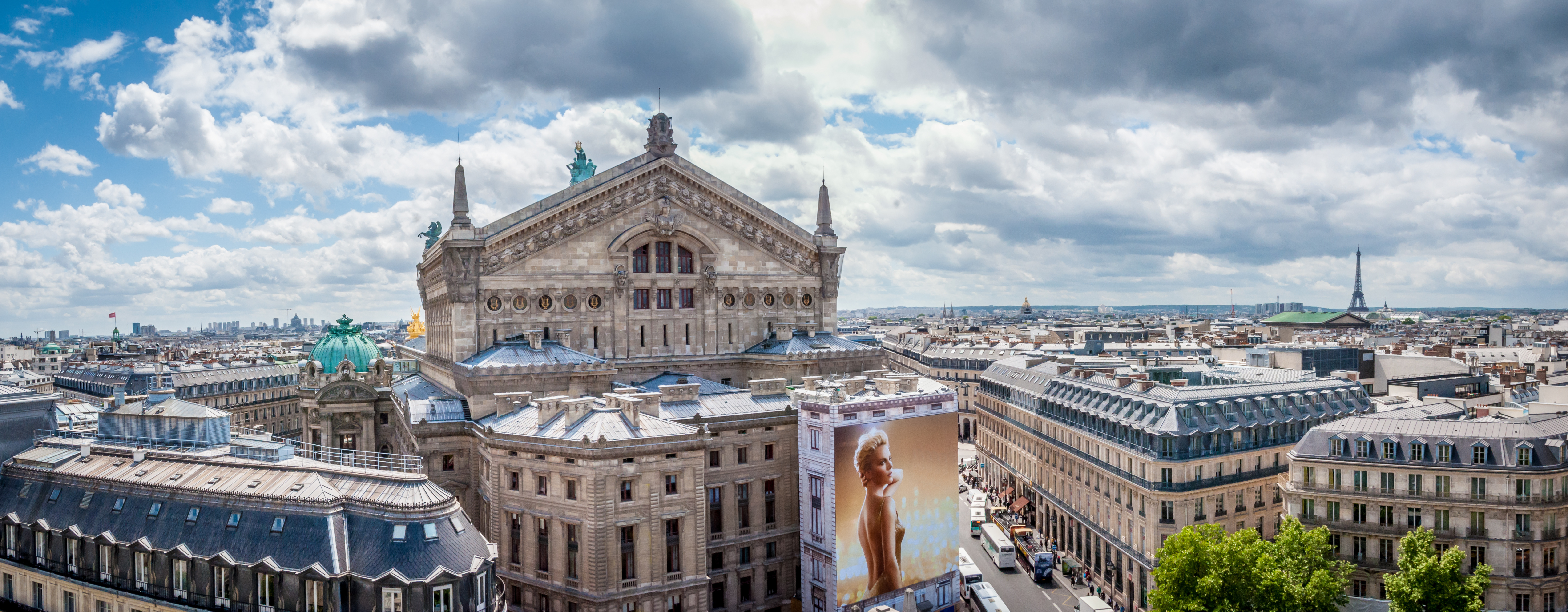
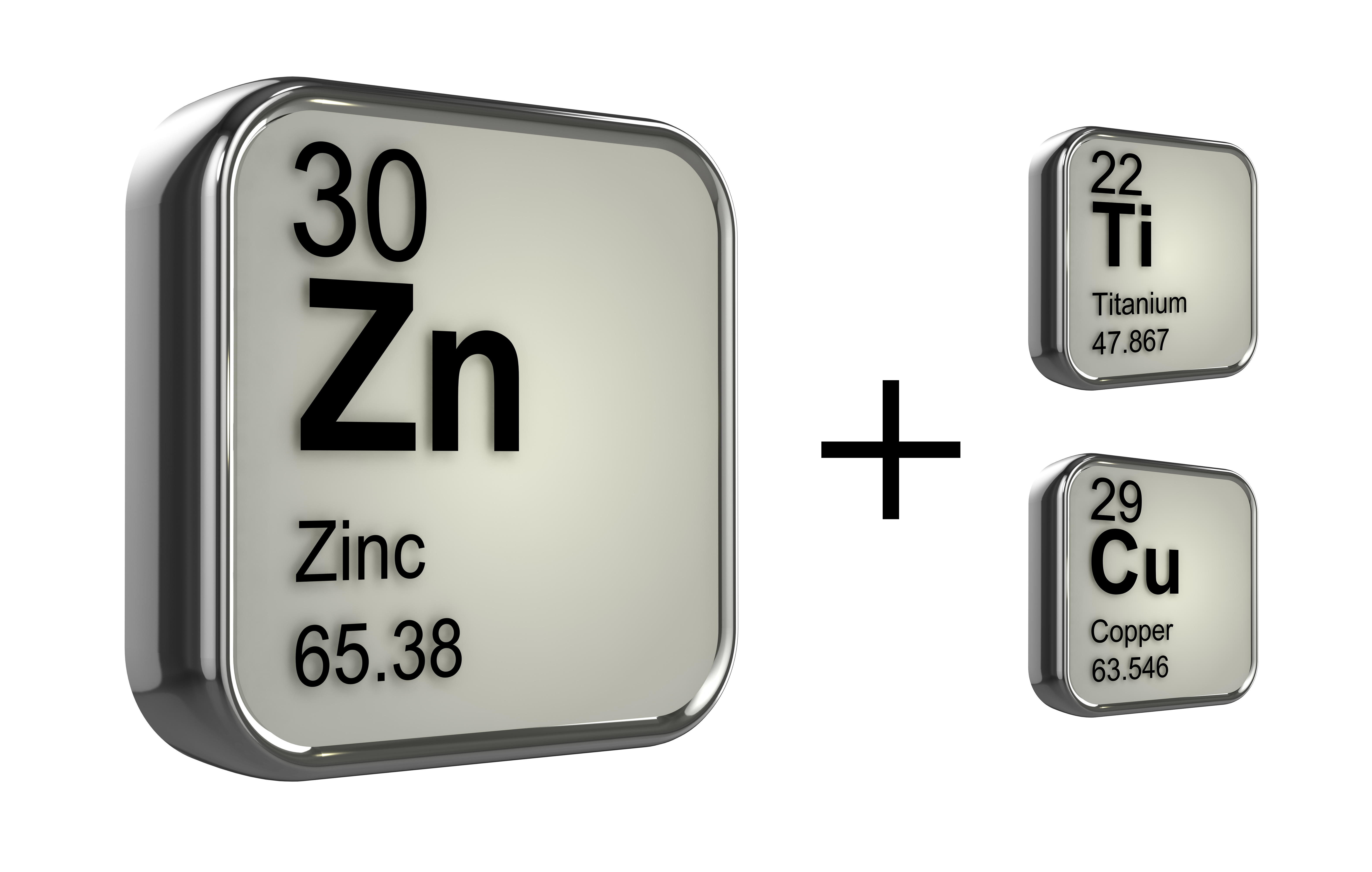
Zinc in its elemental form is too soft and brittle for architectural applications and is often alloyed with small amounts of titanium and copper to provide both the malleability and strength for profiling.
Sustainable too...
Modern zinc alloys provide exceptional service life: an estimated 80 to 100 years for roofs, and 200 to 300 years for walls depending on site-specific conditions. So not only is zinc beautiful and durable, it is highly sustainable too.

